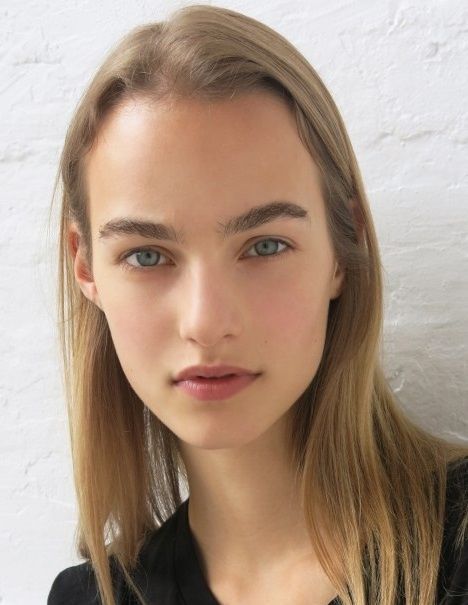24 juli 2022
Portraits can be registered as trademarks In the second half of 2023 the European Trademark Office (EUIPO) refused to register a number of trademarks consisting of portraits of well-known Dutch fashion models. The Office stated that a portrait was not sufficiently distinctive for trademark registration. All cases were taken to appeal and, as was expected, the Appeal chamber of the EUIPO quashed the decision to refuse the applications and stated categorically that portraits are sufficiently distinctive to be registered at EUIPO as trademarks. In the Benelux we have a somewhat different situation. The Benelux Office acknowledges that a portrait can be a trademark, but it has to be distinctive. In the case of fashion models, they have to be well known. And if that is the case, they can only say their portraits are distinctive for services in classes 35 and 41. Alternatively, the portrait should be memorable for some reason, like Donald Trump's hair or the nose of Barbara Streisand. In order to support this view the Benlux Office states that there is a difference between being able to recognize a portrait, and the portrait being able to distinguish goods or services. Just because someone can be recognized doesn't mean the portait is capable of distinguising goods or services. We do not agree with these statements. In the first place a trademark is defined as a sign that can distinguish the goods of one company from those of another company. The sign does not have to actually distinguish them. Therefore, there is no reason to demand that a model is well known in order for her portrait to be protected. The law is concerned with whether a sign can in theory distinguish the origin of goods or services, not whether it actually does so or not. The position of the Benelux Office is like saying that a word mark can only be protected if it is well known. We are pleased with the EUIPO decisions and hope the Benelux Office will take something positive from them.

